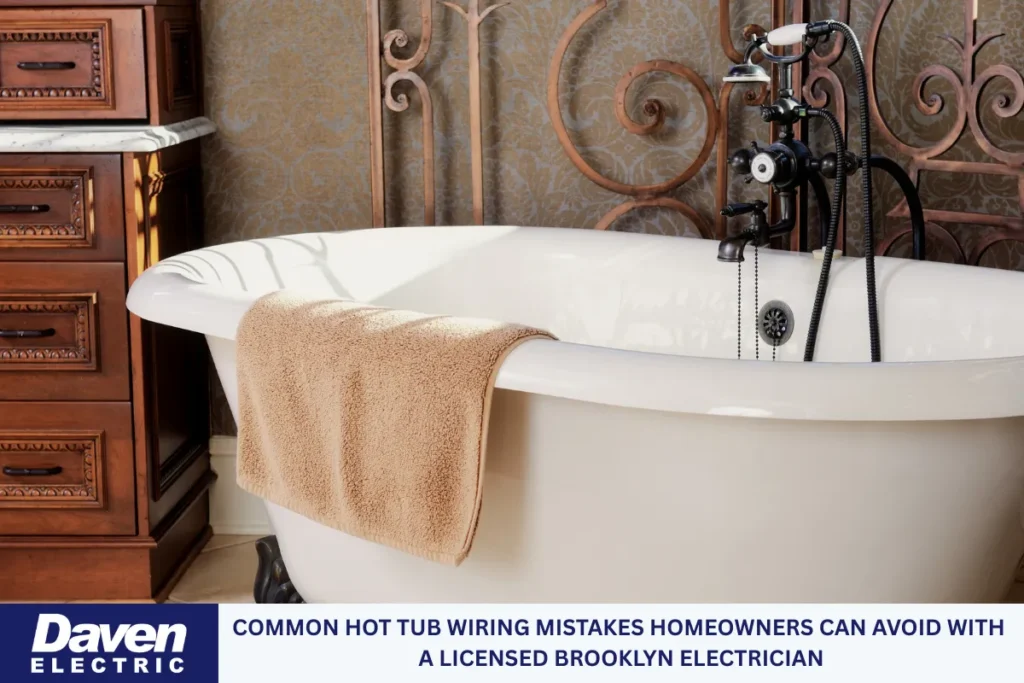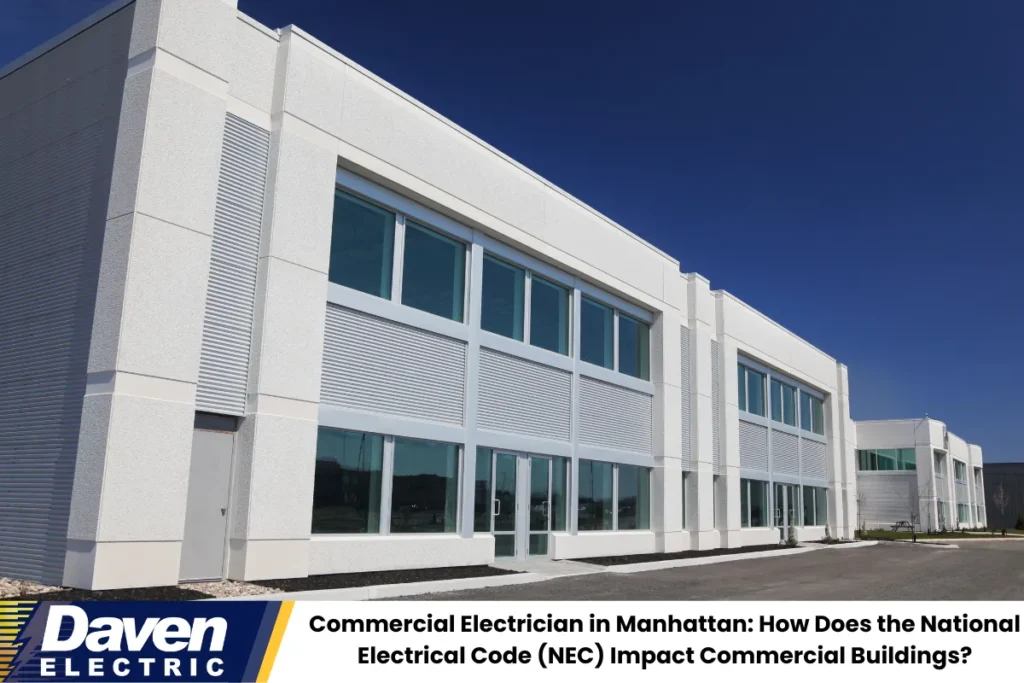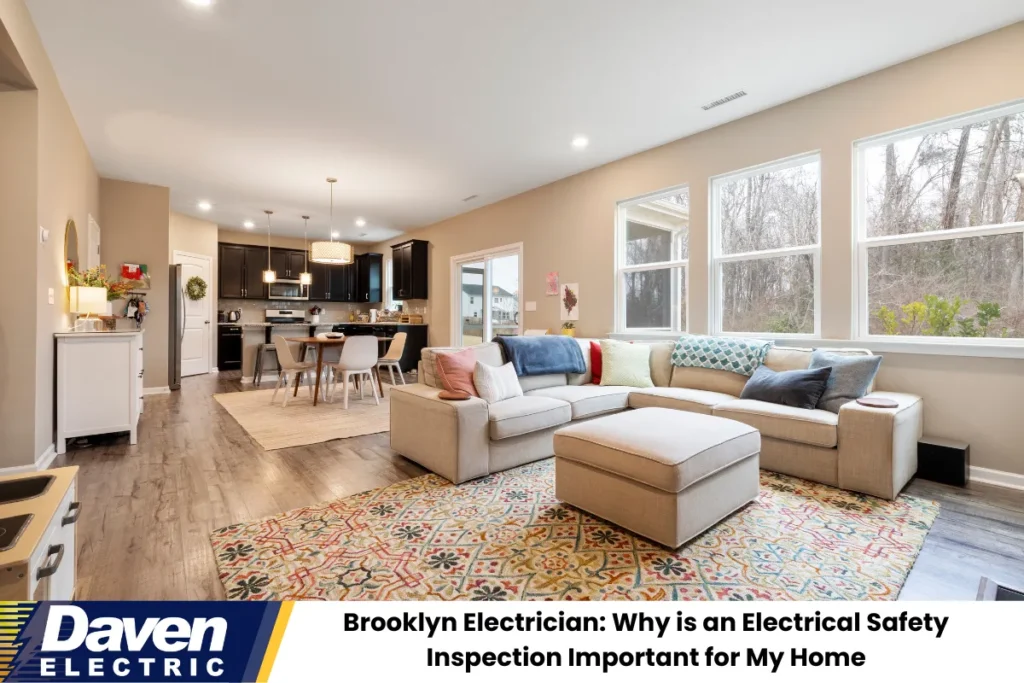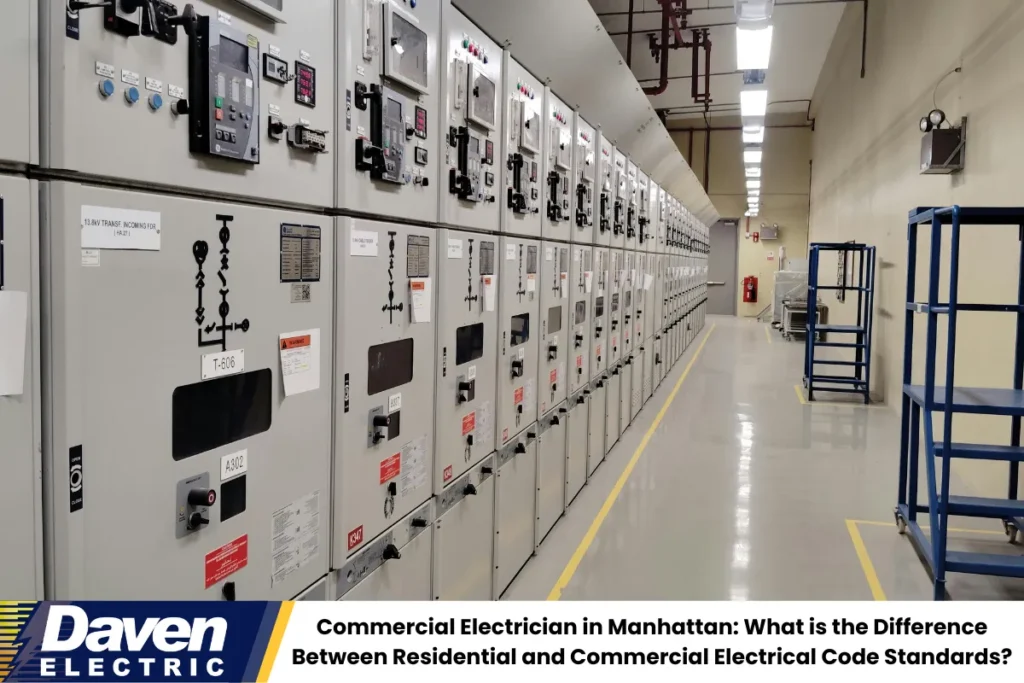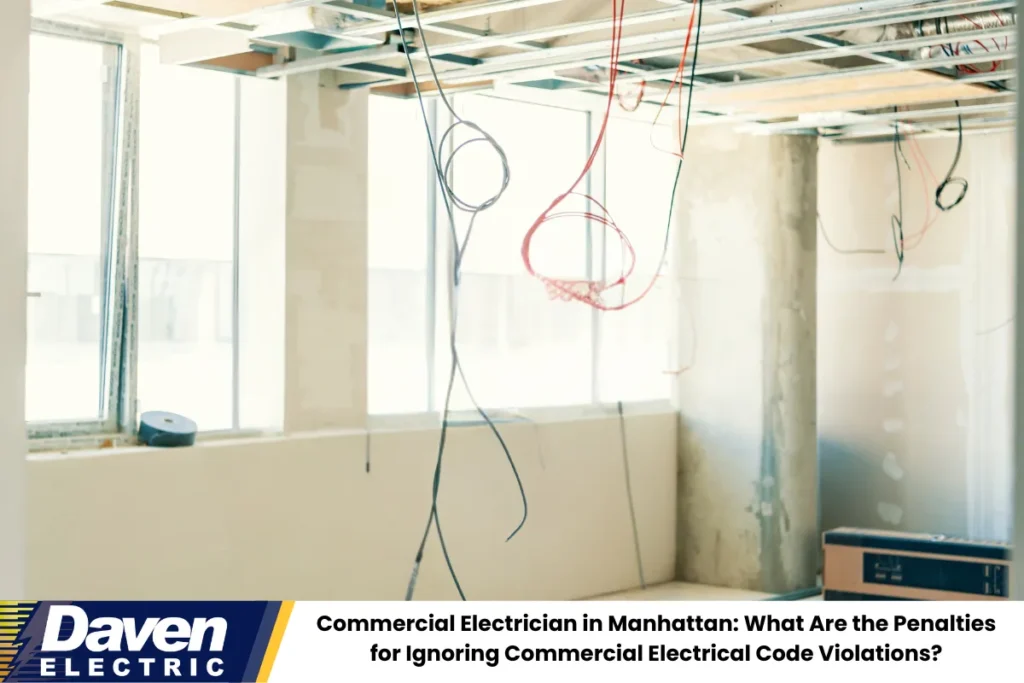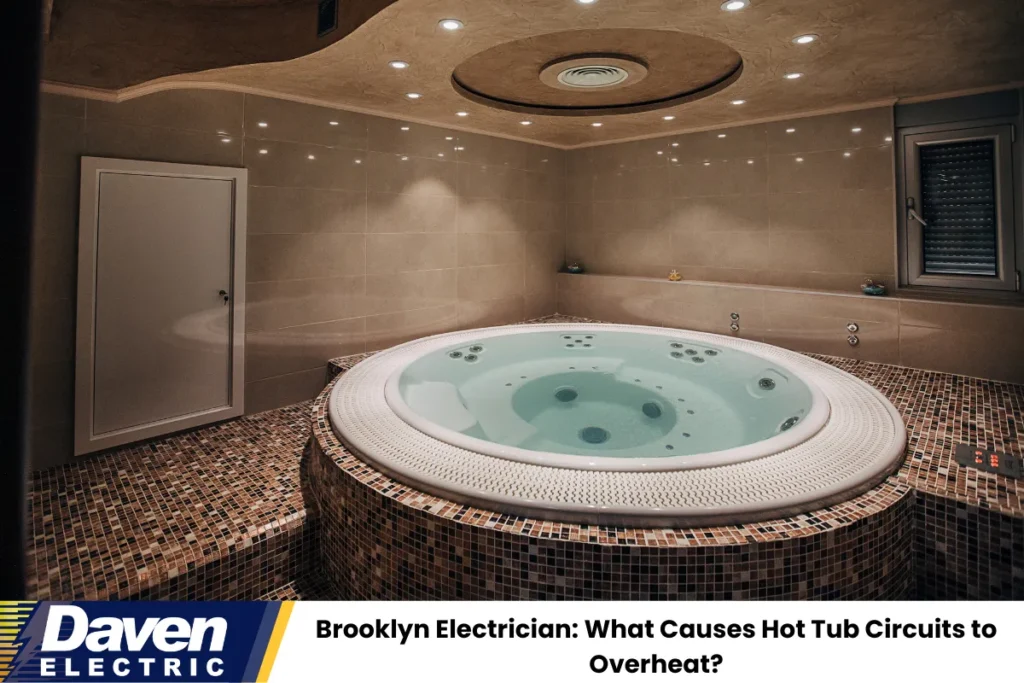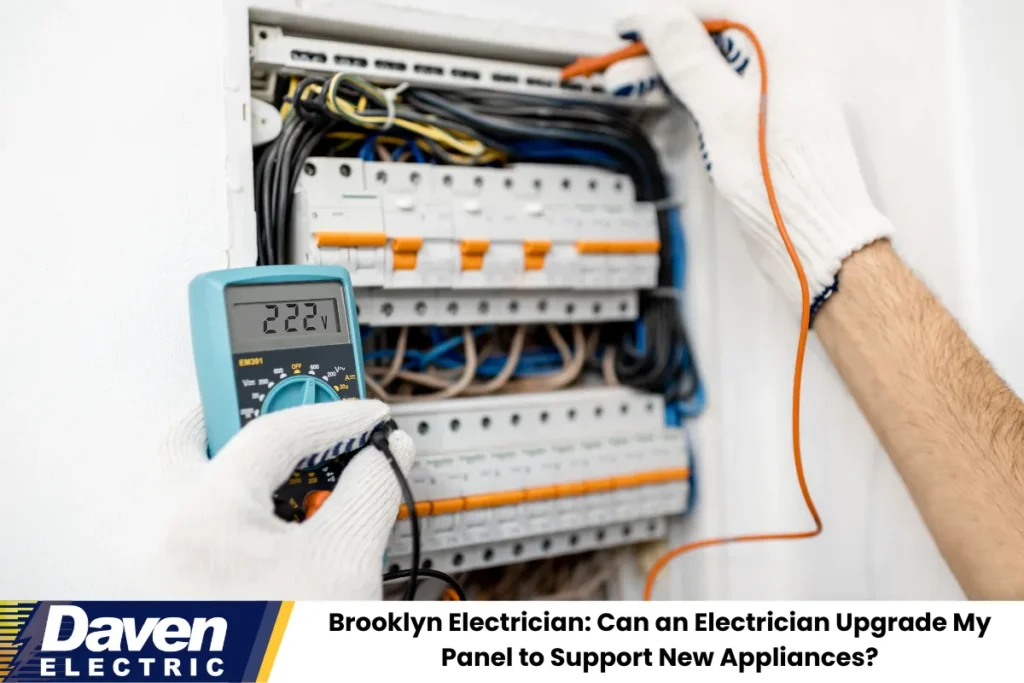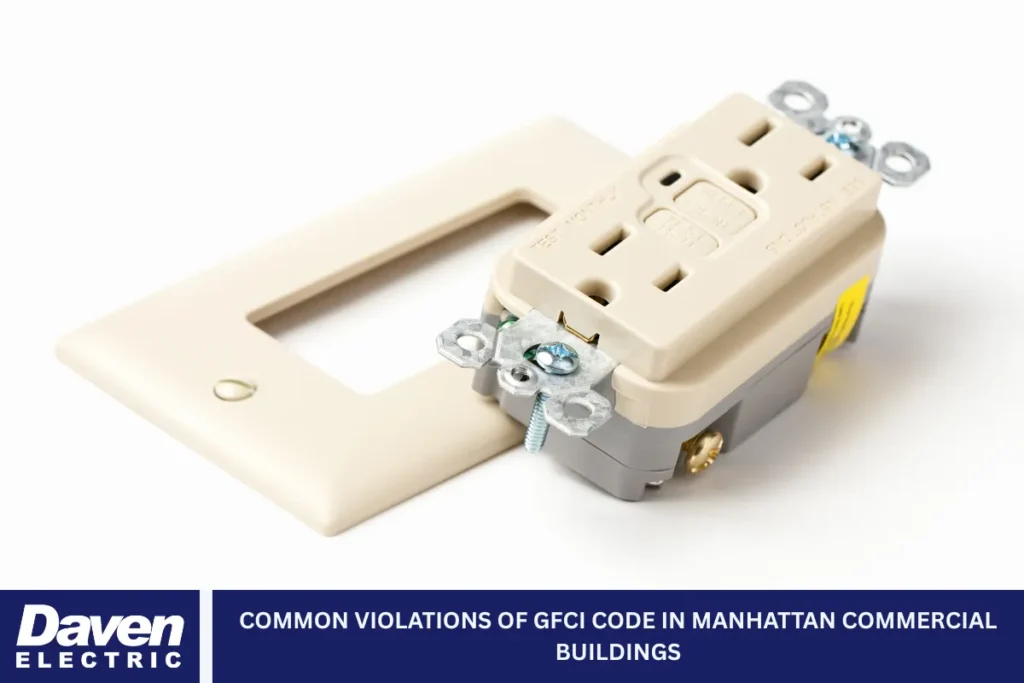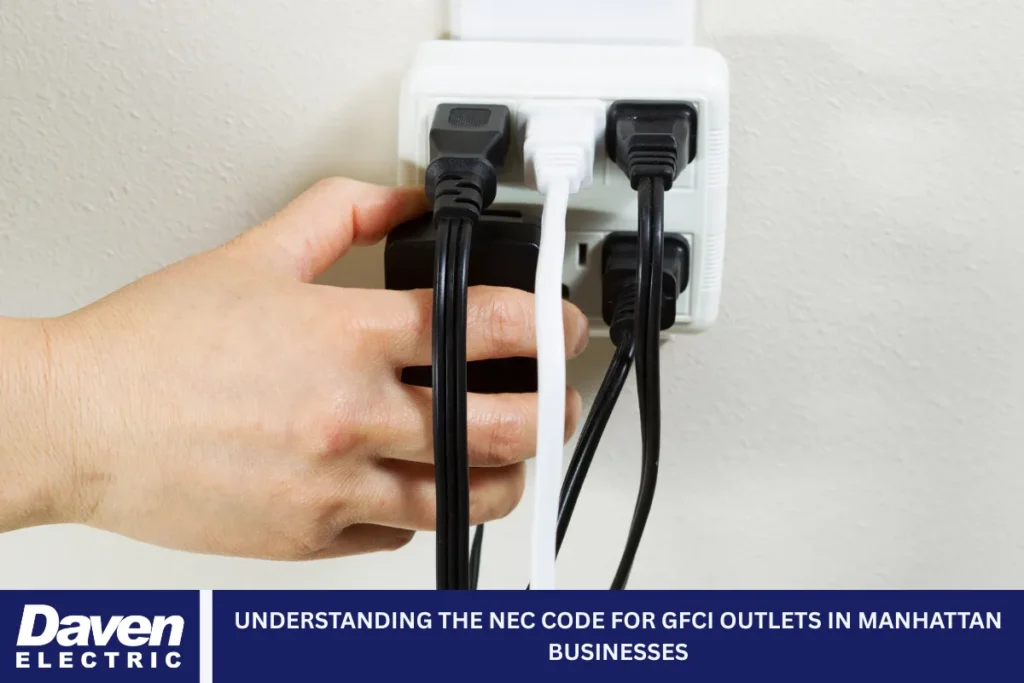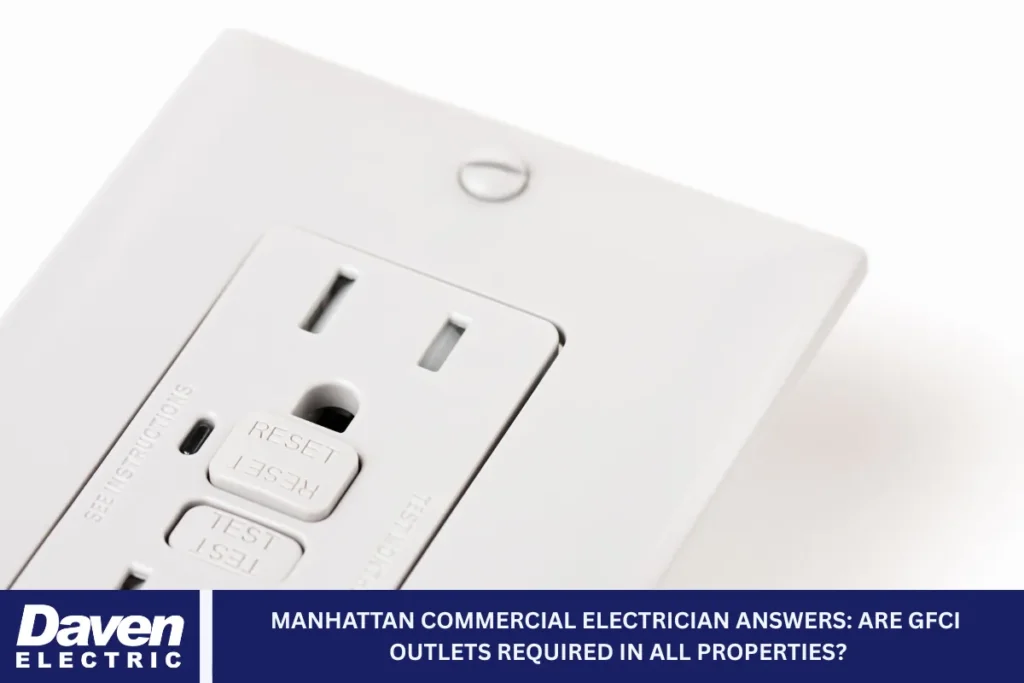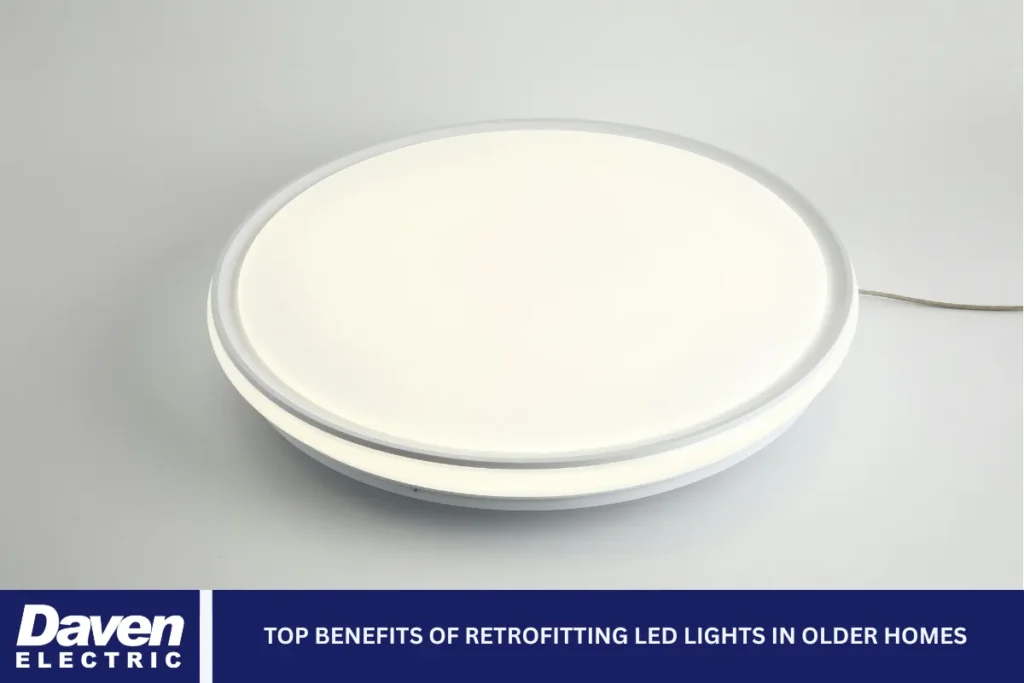A Brooklyn electrician plays a critical role in making sure hot tub installations are done safely, properly, and according to code. Wiring a hot tub isn’t as simple as connecting a few wires and flipping a switch—it involves specific electrical demands, strict regulations, and real safety risks if anything is done incorrectly. For homeowners in Brooklyn, overlooking these details can lead to expensive mistakes, failed inspections, and even hazardous situations.
Adding a hot tub to your home can be a great way to relax and boost property value. Still, the electrical work involved requires expert knowledge and precision. Many residents unknowingly make avoidable mistakes when wiring a hot tub, especially when trying to cut corners or skip hiring a professional. This article explains the most common hot tub wiring mistakes and how a licensed electrician can help you avoid them entirely.
The Dangers of Inadequate Hot Tub Wiring
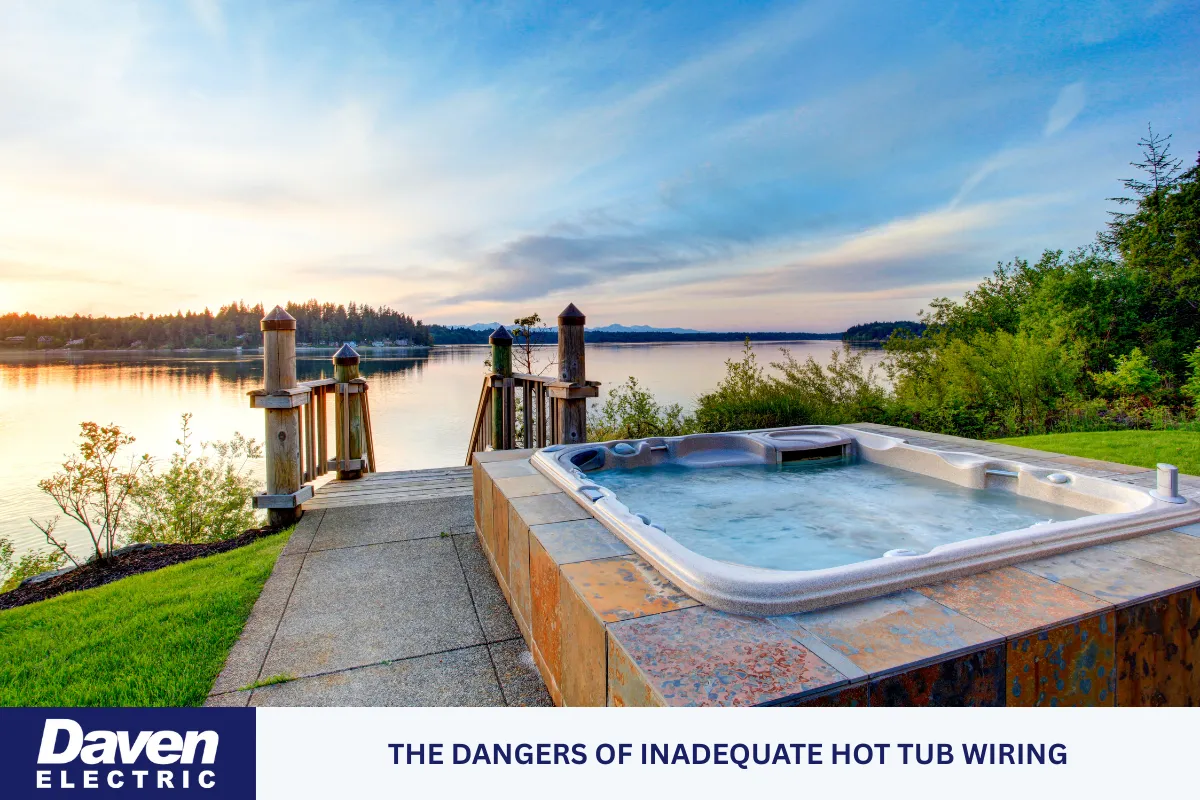
Hot tubs require a dedicated electrical connection, often with 240-volt service and significant amperage, depending on the model. Unlike smaller household appliances, hot tubs draw a high level of power that must be managed carefully. Any improper installation could result in electric shock, short circuits, or fire.
One major issue is that water and electricity are a deadly combination when not properly separated and grounded. Improper grounding, poor GFCI protection, or incorrect wiring all increase the chances of accidents. In Brooklyn, where most homes are close together and wiring might have to run across outdoor spaces or shared walls, getting every detail right becomes even more critical.
Overlooking Local Permit Requirements
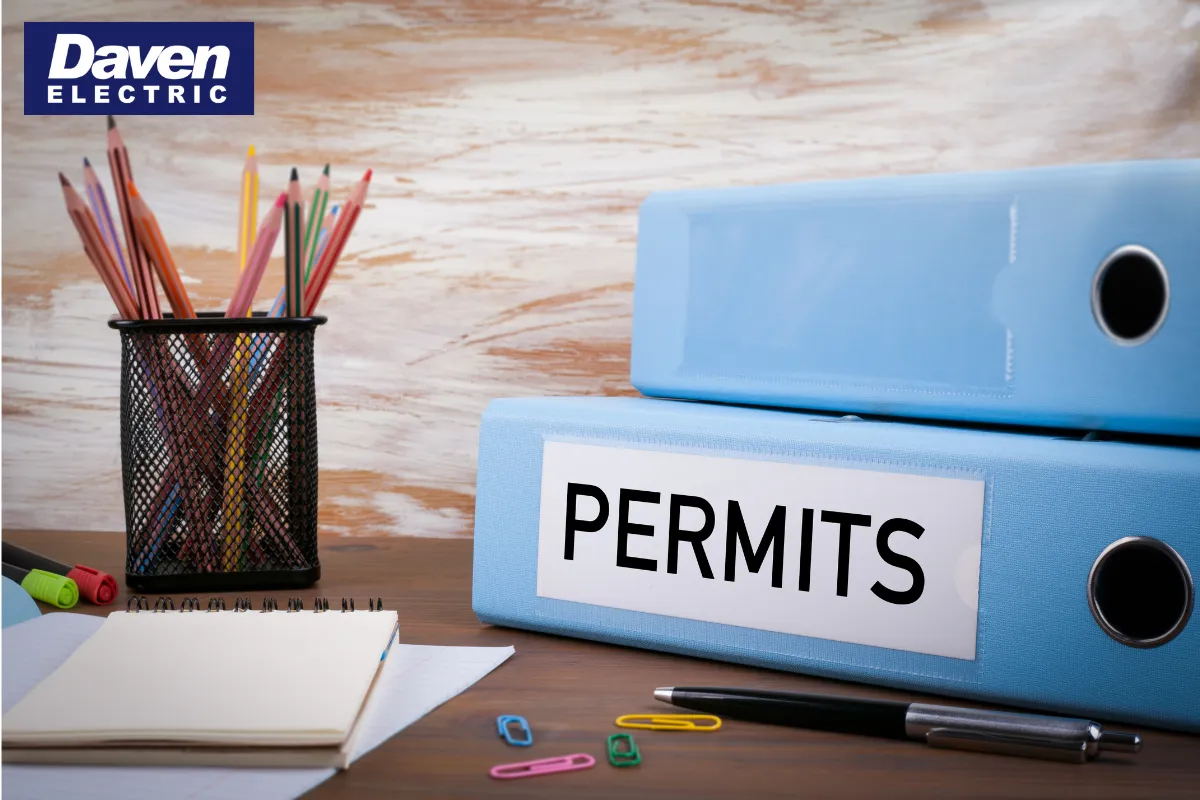
In Brooklyn, all electrical work must meet New York City Electrical Code standards. This includes hot tub wiring. One of the most common errors is starting the project without securing the proper permits. Many homeowners assume permits aren’t necessary for something that seems minor, but this isn’t the case.
Failing to obtain a permit can cause issues down the line if you ever want to sell your home or have the installation inspected. Without documentation proving the work was done to code, your insurance company may refuse to cover any damages related to the hot tub. A licensed electrician understands the process of applying for and closing electrical permits through the Department of Buildings. They will also ensure all work is inspected and approved according to the city’s standards.
Using Incorrect Wire Gauge or Type
Wiring a hot tub demands the use of the correct wire size and material, which depends on the length of the wire run and the amperage needed. Choosing the wrong wire gauge is a serious mistake. If the wire is too small, it may overheat, melt, or cause a fire. Using aluminum instead of copper or non-weather-rated wiring for outdoor runs adds further risk.
Only copper wire rated for wet environments, such as THWN-2, should be used for outdoor hot tub installations in Brooklyn. Also, if the wire needs to travel a long distance from the main panel to the hot tub, the size must be increased to compensate for the voltage drop. A professional will calculate these factors and select wiring that ensures performance and safety for the long term.
Skipping GFCI Protection
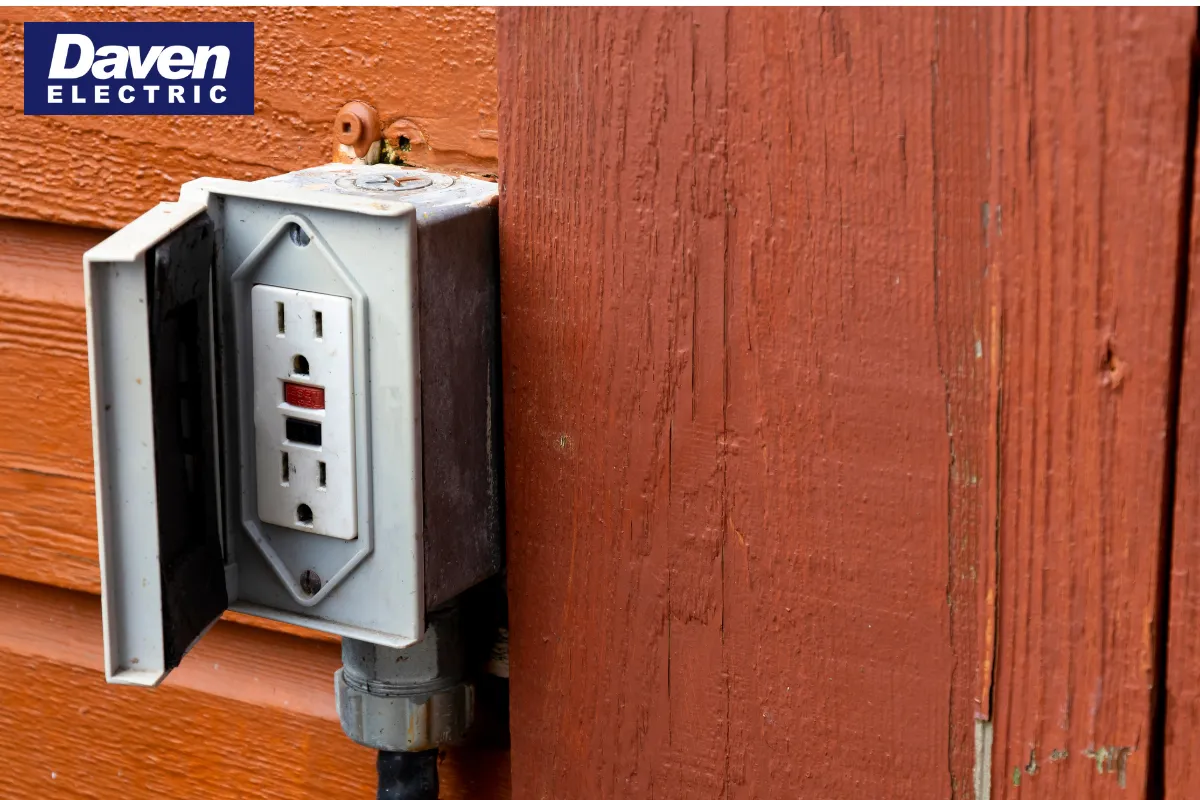
Every hot tub installation must include GFCI (Ground Fault Circuit Interrupter) protection. This device detects imbalances in electrical current and instantly cuts power, helping prevent electrical shock. Skipping this step or installing a standard breaker instead of a GFCI breaker is a major mistake.
Some homeowners think plugging the tub into a GFCI outlet is enough, but this doesn’t meet code in most cases. For hot tubs, the GFCI protection typically needs to be installed at the panel or in a nearby disconnect box. The GFCI also needs to be tested regularly to ensure it’s functioning correctly. A Brooklyn electrician will know the correct setup based on the hot tub’s electrical specs and the distance from the main panel.
Improper Placement of the Disconnect Box
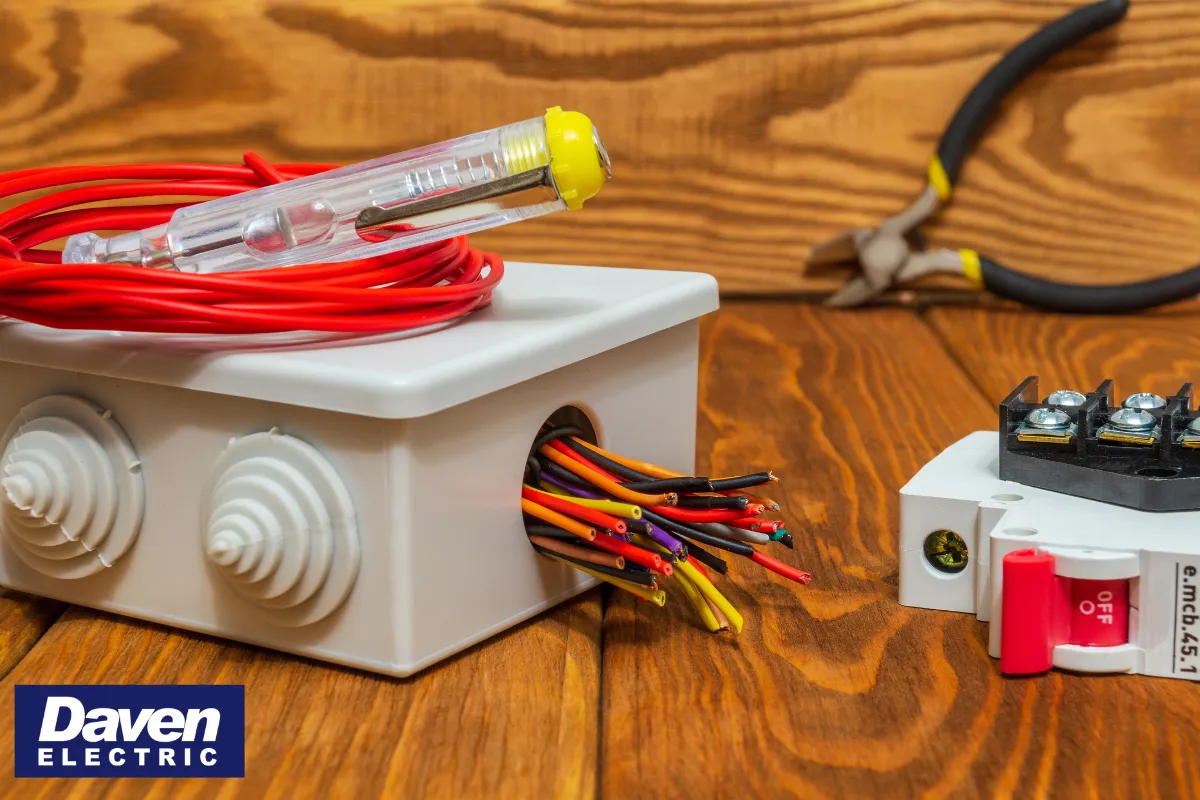
The disconnect box is the switch used to shut off power to the hot tub during emergencies or maintenance. In Brooklyn, regulations require the disconnect to be visible and located at a safe distance—generally between 5 to 10 feet from the edge of the hot tub.
Placing the disconnect too close could create a hazard. On the other hand, installing it too far makes it harder to access quickly in an emergency. Additionally, the box must be mounted at a certain height to avoid water pooling around it, especially in yards or basements prone to flooding. An experienced electrician will measure and install the disconnect in the ideal spot to balance safety and convenience.
Ignoring Grounding and Bonding Requirements
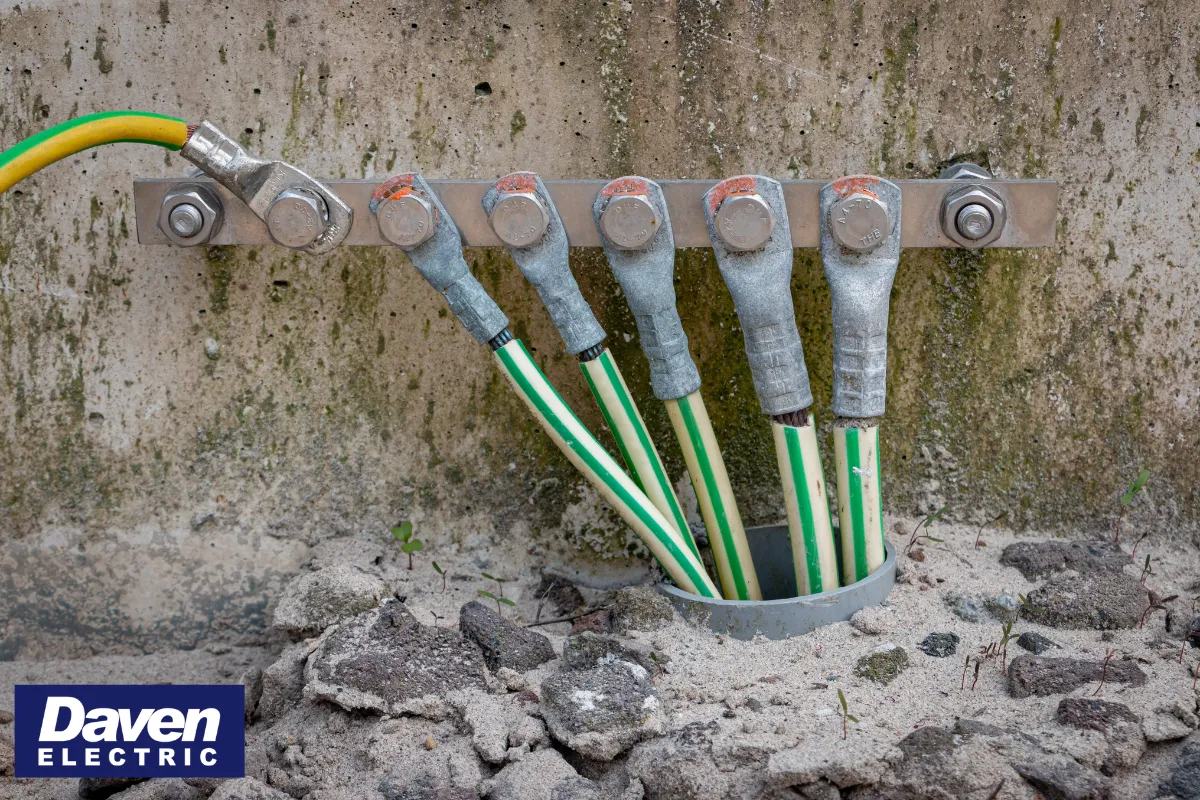
Grounding and bonding are two separate but essential parts of hot tub safety. Grounding involves connecting the electrical system to the earth to redirect excess energy safely in case of a fault. Bonding connects all metal parts near the hot tub to ensure there’s no voltage difference between them, reducing the risk of shock.
Neglecting either of these steps creates a dangerous situation. For instance, if the water pipes, the tub’s frame, or nearby fencing carry different voltages, touching both could cause electrocution. A licensed Brooklyn electrician will ensure that all grounding and bonding connections are made according to NYC and NEC codes, using the correct clamps, wire sizes, and bonding lugs.
Poor Conduit Installation
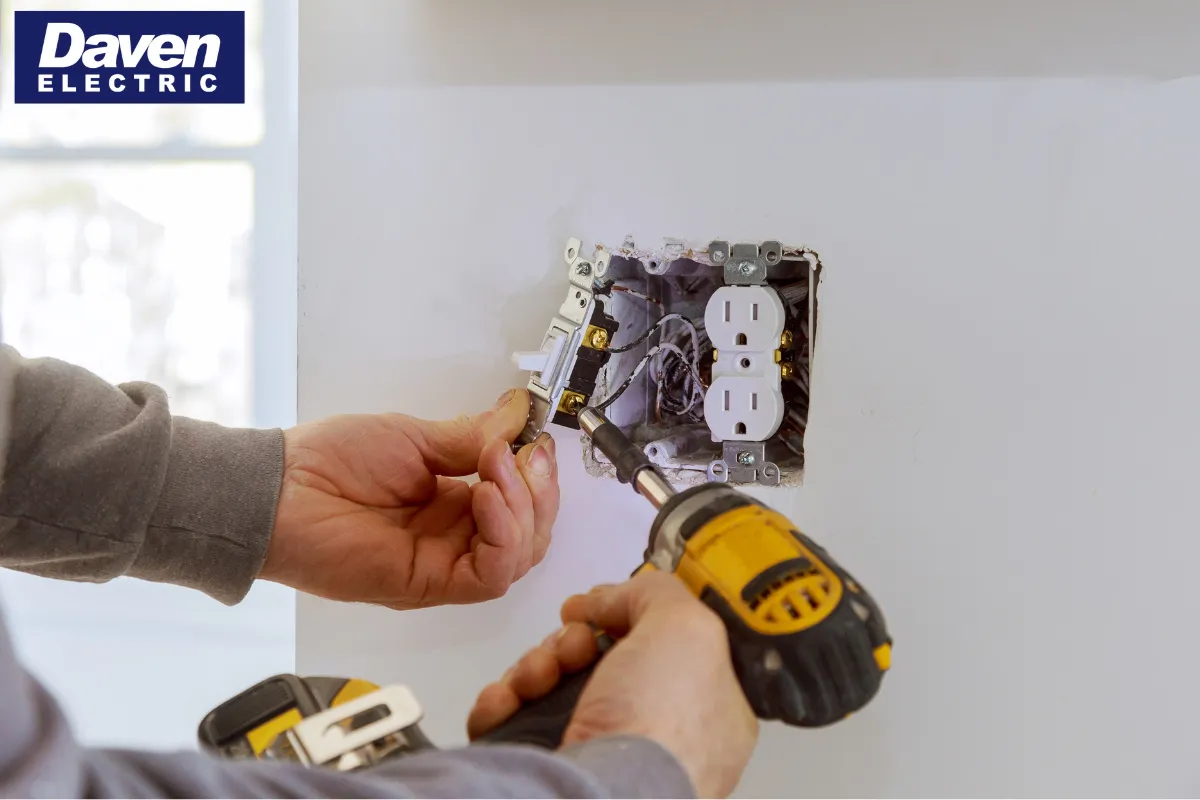
Conduit is the tubing used to protect electrical wires running from your breaker panel to your hot tub. The choice and installation of conduit are especially important for outdoor hot tubs exposed to rain, snow, and temperature changes. Using flexible indoor conduit outdoors or laying conduit improperly can allow water to enter, which causes corrosion and shorts.
In Brooklyn, rigid PVC or metallic conduit is typically used for outdoor runs. The conduit must be sealed at both ends and buried to a required depth, usually around 18 inches, depending on soil conditions and zoning. Installing conduit over hard surfaces like concrete or around landscaping must be planned carefully to avoid damage and maintain aesthetics. A Brooklyn electrician has the tools and expertise to install conduit cleanly and effectively, without disturbing the surrounding area unnecessarily.
Sharing Circuits with Other Appliances
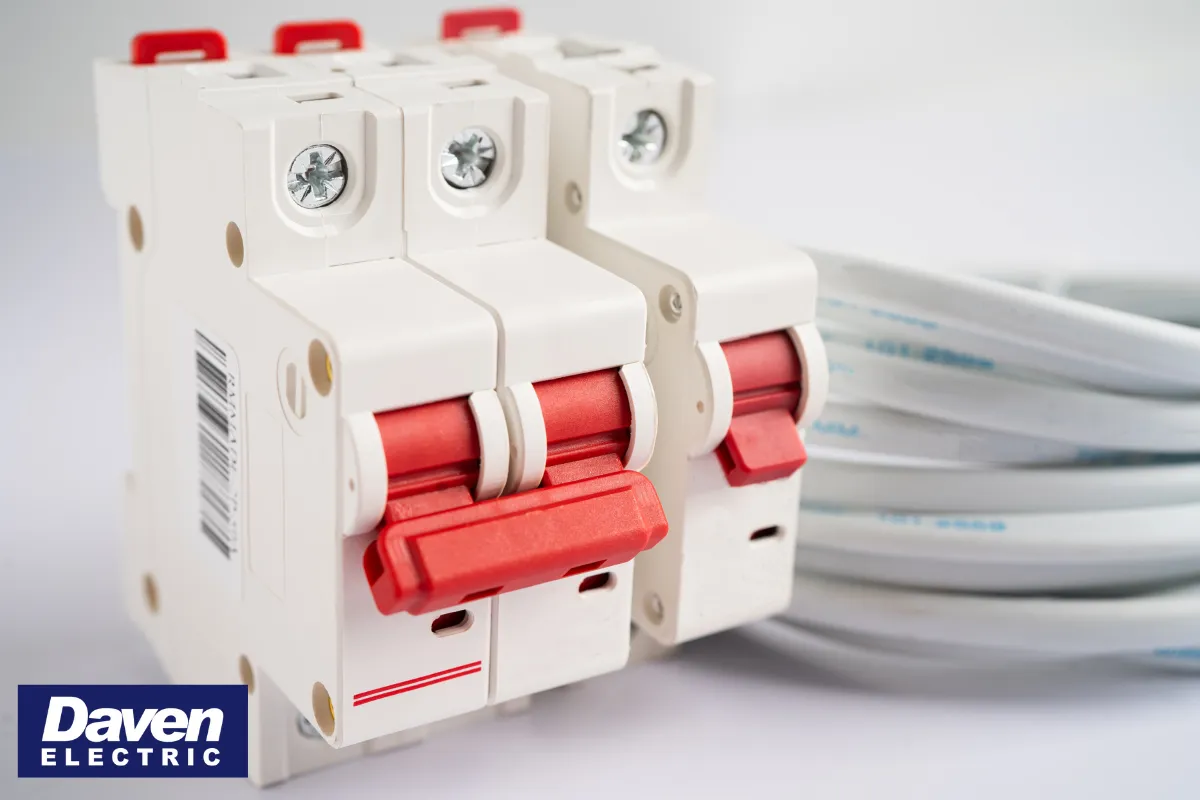
Every hot tub should have its own dedicated circuit. Sharing a circuit with other outdoor appliances, lighting, or indoor outlets may cause overloads and breaker trips. More seriously, it can strain the wiring and damage the tub’s motor or heater.
A dedicated circuit provides stable, consistent power and makes troubleshooting easier if problems occur later. It also prevents interference from other devices on the same line, which can affect sensitive components like control panels and timers. An electrician will install the correct size breaker and isolate the circuit to make sure the hot tub operates independently.
Failing to Weatherproof Electrical Components
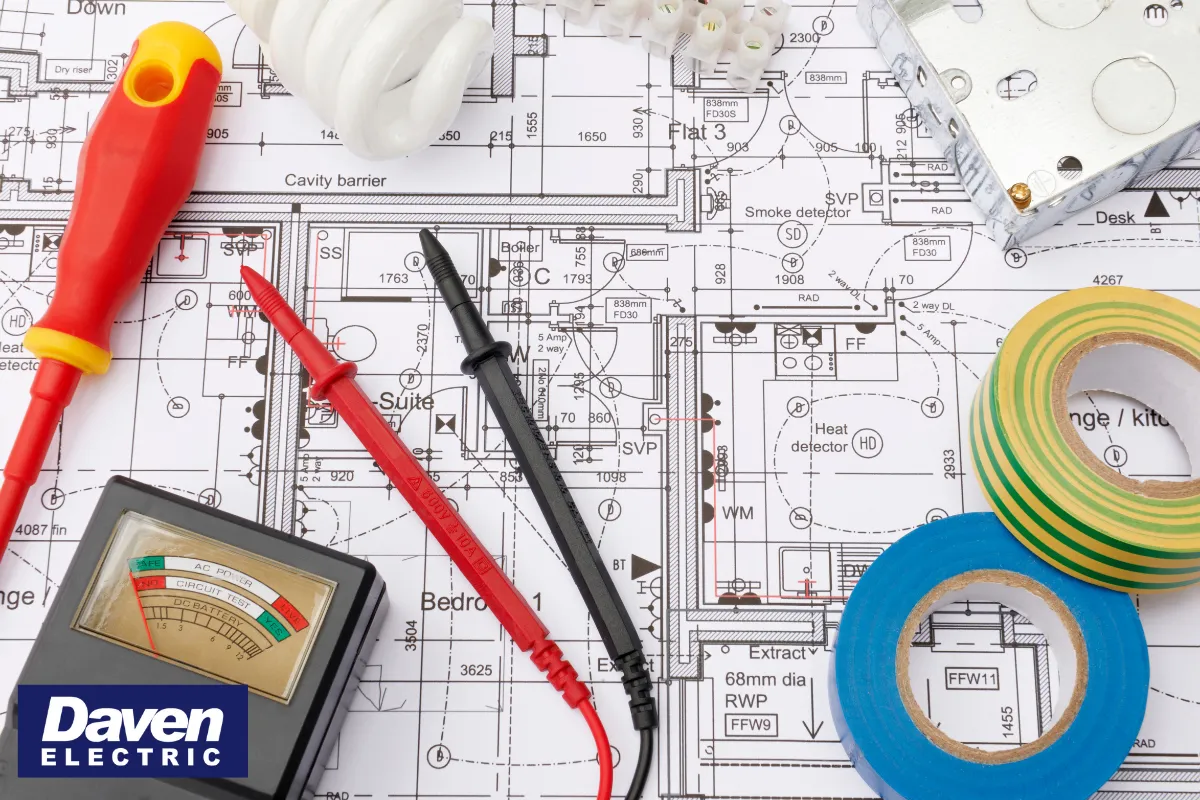
Brooklyn experiences a wide range of weather throughout the year—from heavy snow and rain to humid summers. Any hot tub installed outdoors must have fully weatherproofed components. That includes junction boxes, GFCI outlets, disconnect boxes, and conduit connections.
Failing to seal these parts properly can let moisture in, leading to corrosion and electrical failure. Over time, these issues compromise the safety and reliability of the installation. A licensed professional will use NEMA-rated enclosures, waterproof gaskets, and outdoor-rated materials to keep your system dry and secure all year long.
Ignoring Access for Future Maintenance
Once your hot tub is installed and wired, you will eventually need maintenance, repairs, or upgrades. Homeowners often make the mistake of sealing access panels or burying junction boxes behind siding or walls.
This can turn a simple repair into a major project. A licensed Brooklyn electrician will install the wiring and components in a way that allows future technicians easy access for inspections, upgrades, or replacements. This not only saves time and money but also keeps your hot tub in better working condition for years to come.
Why Hiring a Licensed Brooklyn Electrician Makes a Difference
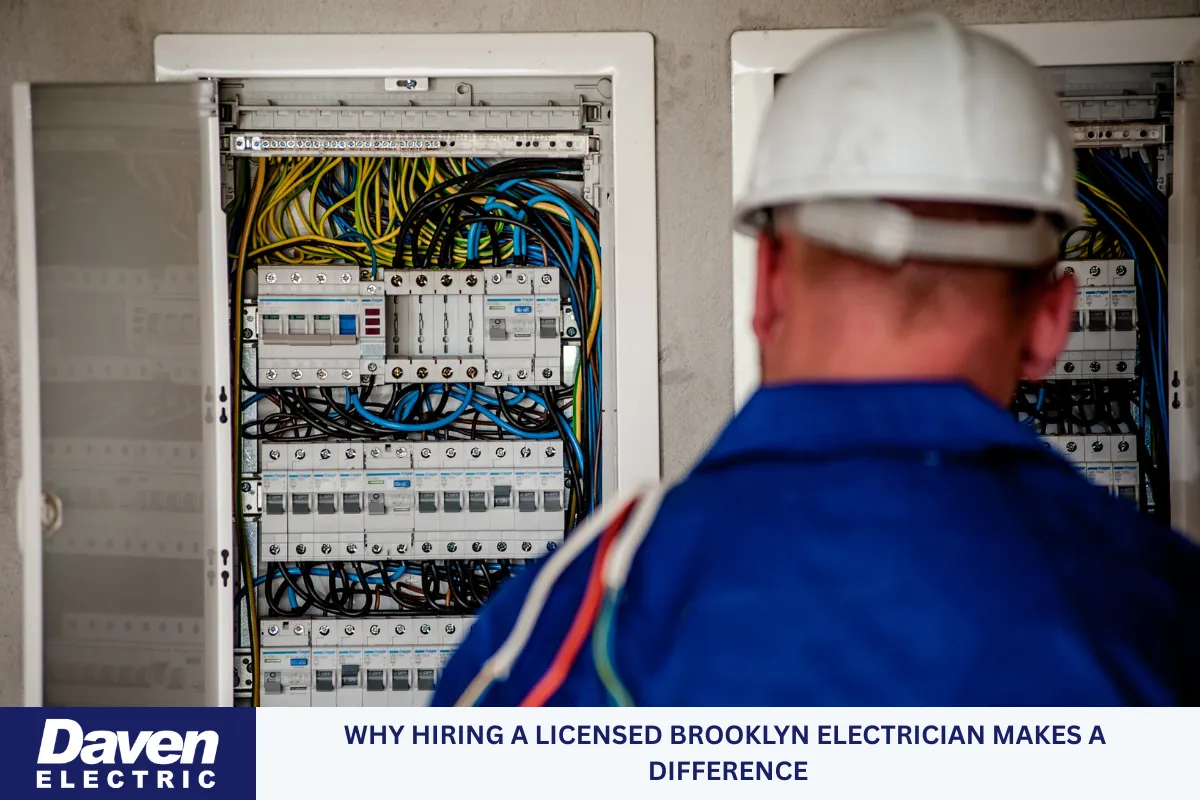
Hot tub wiring is a highly specialized job that should only be done by someone who understands both the technical and legal requirements involved. Licensed electricians are trained, tested, and certified to perform electrical installations safely and to code. They stay current with New York City regulations, carry insurance, and take responsibility for their work.
Unlicensed or DIY work might seem cheaper upfront, but the risks of mistakes, fines, or even injuries can far outweigh the savings. Homeowners who want a worry-free installation that passes inspections and operates safely should always trust a professional from the start.
Finish Strong With Smart Planning and Professional Work
Before jumping into your hot tub installation, it’s important to plan the electrical work carefully and understand the potential pitfalls. Each step—from permits and wiring to grounding and inspections—has a purpose. Skipping even one step could lead to safety risks, equipment damage, or costly do-overs.
Working with a licensed electrician ensures the job is done correctly from the very beginning. You’ll have peace of mind knowing your home is protected, your investment is sound, and your relaxation spot is truly safe and reliable. Don’t take shortcuts—get the expertise your project deserves.
Brooklyn Electrician – Daven Electric Corp.
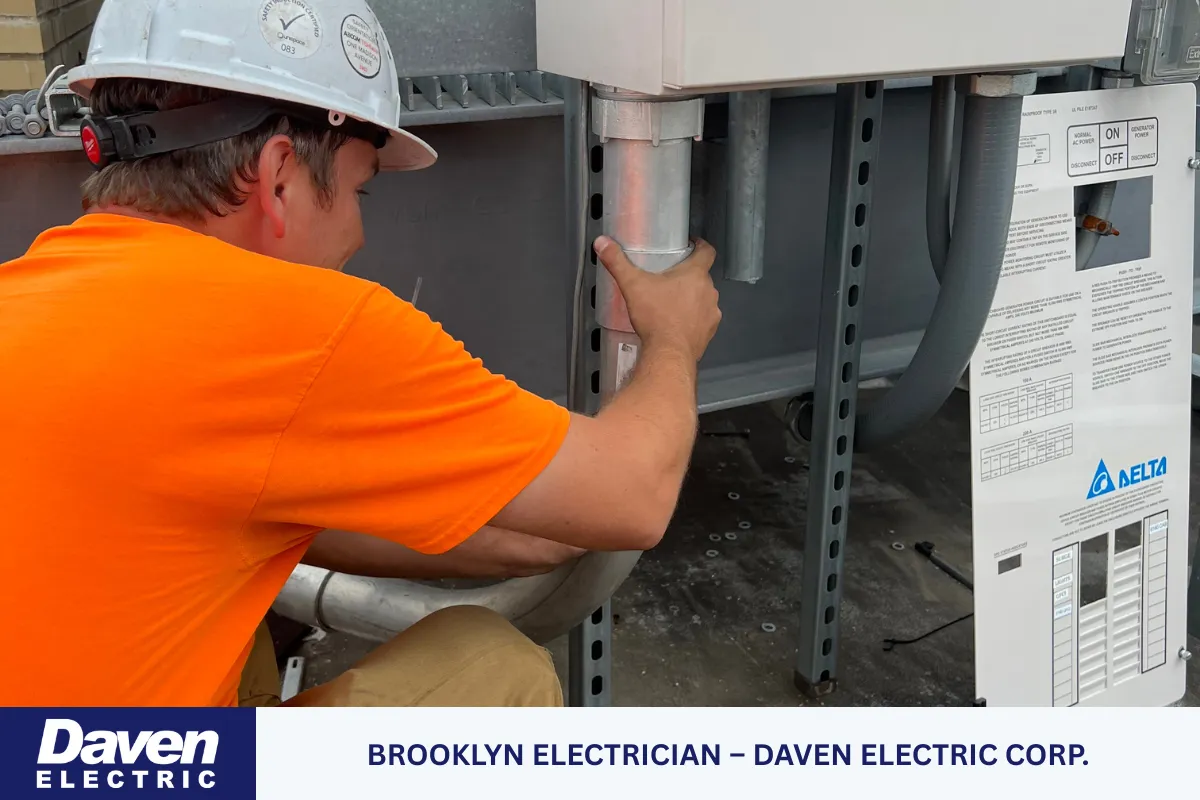
Daven Electric Corp. offers professional electrical installation services for all types of properties in Brooklyn, NY. Whether you’re setting up a hot tub at your home, updating your outdoor space, or completing a full renovation, our skilled electricians handle every detail with care and precision.
We specialize in electrical, telecom, and data systems for residential, commercial, and multi-unit buildings. Our team is fully licensed and experienced in projects of all sizes. If you need reliable service and lasting results, call us at (212) 390-1106 to schedule a consultation or learn more.
Hot Tub Wiring: Additional FAQs
1. What outdoor factors should be considered when wiring a hot tub in Brooklyn?
Outdoor wiring for hot tubs in Brooklyn faces unique challenges due to varying weather, compact property layouts, and strict building regulations. A few critical environmental elements need to be accounted for:
- Water exposure: All electrical components near the tub—like the disconnect switch, prong outlets, or lighting fixtures—must be waterproof and weather-sealed.
- Temperature shifts: Brooklyn’s freeze-thaw cycles can crack conduit and compromise copper wire insulation if not installed correctly.
- Flood-prone zones: Basements and backyards must have elevated outdoor connection points and GFCI-protected panels.
- Limited space: Small yards or rooftop decks may require creative conduit routing and custom breaker panel configurations.
Proper grounding and the use of GFCI breakers are essential to minimize safety hazards. Every part of the installation must follow NYC building codes.
2. How do power surges affect hot tub electrical systems?
Power surges are sudden spikes in electrical current that can cause serious damage to a hot tub’s sensitive internal parts. These surges may come from lightning strikes, transformer issues, or even large appliances turning on and off inside your home.
Here’s how they impact hot tub wiring:
- Burned-out control boards
- Shorted circuit breakers
- Faulty sensors and heating elements
- Diminished water pressure due to pump failures
To protect your investment, a surge protector should be installed directly at the breaker box or main breaker. This helps divert excess current away from the tub’s electrical systems. In many cases, panel upgrades are needed to integrate whole-home surge protection effectively.
3. How often should hot tub wiring be inspected?
Routine inspection of your hot tub’s wiring is essential for long-term performance and safety. Over time, electrical components can degrade, especially in outdoor environments where moisture, corrosion, or small animals might interfere with the system.
Here’s a general guideline:
- Annually: Full inspection by a licensed electrician
- Every 3 months: Visual checks for exposed wire, cracked conduit, or signs of overheating near the breaker box or disconnect switch
- After major storms: Especially when there’s a risk of power surges or water damage
During an inspection, the technician will test the GFCI breaker, verify grounding and bonding connections, and inspect the conductor count and wire integrity. They may also check that all lighting fixtures and prong outlets still meet building codes.
If any electrical issue is found, addressing it early helps prevent system failures, safety hazards, or voided warranties. It’s a critical part of owning a hot tub in Brooklyn, where environmental factors can wear down your electrical systems faster than expected.
4. Can smart home technology be integrated with hot tub wiring?
Yes, smart home technology can be integrated into your hot tub wiring setup to offer remote control, performance monitoring, and enhanced safety. However, doing so requires careful planning to ensure it complies with electrical codes and doesn’t interfere with existing systems.
Here are a few smart features commonly added:
- Wi-Fi-connected control panels
- Smart timers and temperature settings
- Leak and water pressure sensors
- Automated lighting fixtures
- Voice control integrations with platforms like Alexa or Google Home
These components must be powered safely, often requiring panel upgrades or separate low-voltage connections. They should never be spliced into high-voltage lines without proper isolation and a grounded system.
A certified Brooklyn electrician will know how to add smart components while maintaining protection via GFCI breakers, surge protectors, and properly rated electrical panels. Integrating these technologies not only improves user experience but also helps monitor energy use and detect electrical issues early.
5. What maintenance tips help prolong the life of hot tub electrical systems?
Maintaining your hot tub’s electrical systems helps prevent failure and extends the life of its components. Regular upkeep also ensures everything continues to meet safety and building codes.
Here are essential maintenance tips:
- Test GFCI breakers monthly using the built-in “Test” button
- Clean and inspect the disconnect switch for rust or water infiltration
- Check the breaker box for signs of overheating, buzzing, or tripped circuits
- Ensure prong outlets and lighting fixtures remain sealed and weatherproof
- Flush out the tub to prevent moisture buildup around wiring
Also:
- Install a surge protector if you haven’t already
- Upgrade old wires to copper wire when replacing any components
- Have a pro assess conductor count and panel load every few years
Periodic visual checks, combined with professional evaluations, ensure your breaker panel, hot tub wiring, and electrical panel remain safe and efficient over time.
Read more: Why Hiring a Brooklyn Electrician Matters for Hot Tub Installations

